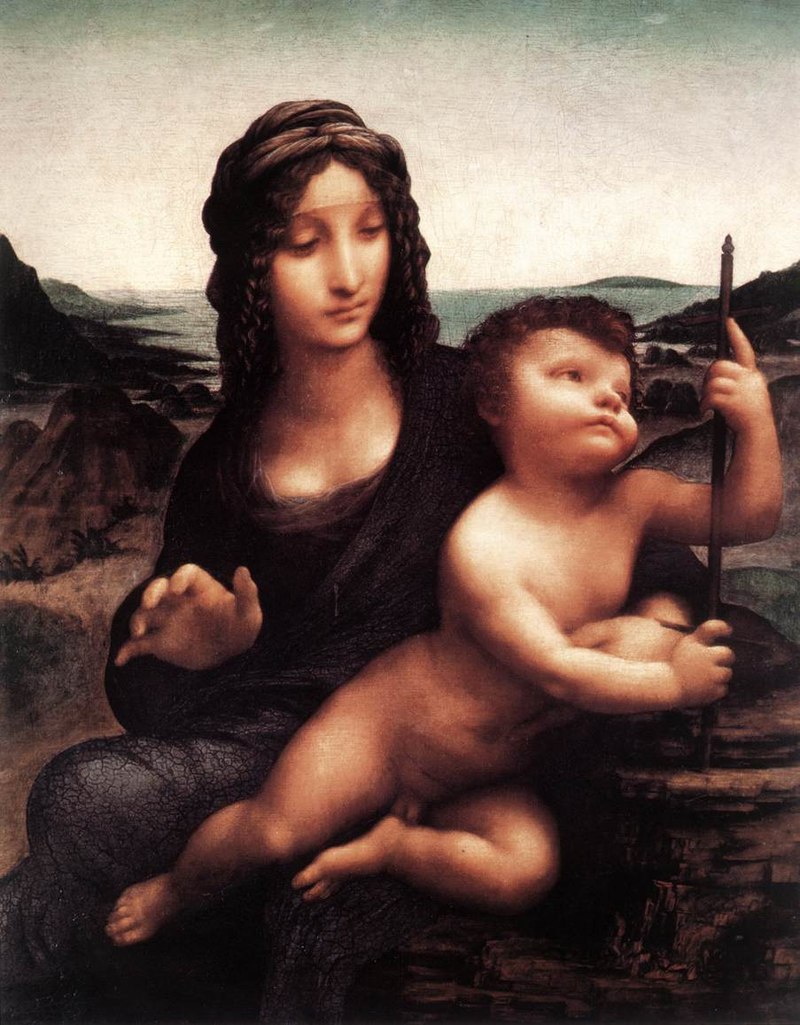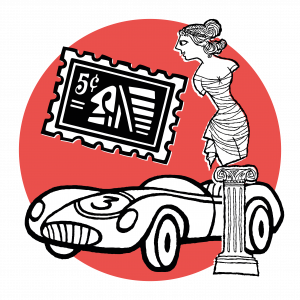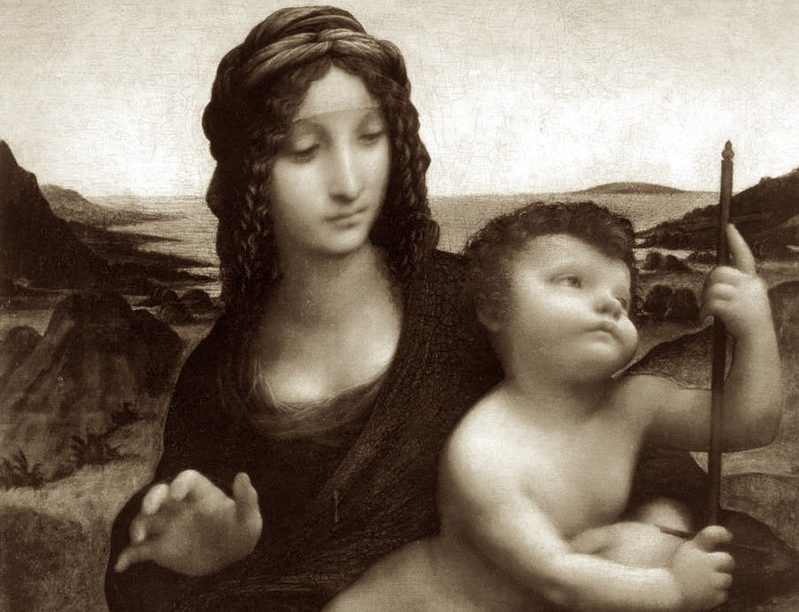This article was first published in April 2018.
The answer is none of them… or for that matter, any of the other big names that have been filling the front pages of The Art Newspaper, The Telegraph or the New York Times for the last generation or two. Any art buyer or investor would be forgiven for thinking that the inexorable rise of Modern (deceased C20th) or Contemporary (living C20th) artists can only mean the first $1b painting will be from one of the many names that fills our arts pages. It is true that the best examples from these stalwarts will continue to rise and often gather monetary value in unprecedented bounds. Take for example the $250m+ paid through private sale by Qatar for Cezanne’s exceptional The Card Players in 2011: over 400% more expensive than any Cézanne sold up to that time. While some deals of this magnitude may have more moving parts than simply a ‘market value’ the financial climate which allows for such deals to exist means the headlines will continue to be filled with such eye-watering and near dumb-founding examples. All by sexy artists, often painting sexy subjects, sold for pornographic amounts of money.
Since the turn of the C21st the values of the biggest names has kept pace with the rise in fortunes of the world’s richest collectors. With more money concentrated in the hands of a small band of international billionaires their scramble to win art’s highest prizes has had a direct impact on the fortunes of these top lots. True rarity, though normally essential, does not always mean the less rare is overlooked at the top table. Take Alberto Giacometti’s bronze sculpture L’Homme au doigt, cast in a run of seven identical sculptures, this one was auctioned for $141m at Christie’s in 2015 and was not even the artist’s own proof copy.
The 2009 economic crash depleted the accounts of very few of these top buyers, in most cases the opposite has been the case. Consequently of the 30 most expensive paintings ever sold, almost two-thirds achieved these top prices after 2009. But while this loud and well-covered circus goes on, and will continue to do so, there is a sleeping lion in the art world. So obvious that it has hardly been seen, hanging as it has been in plain sight for hundreds of years – the old guard. Old Masters fill most of our museums, and many more storerooms beneath them, our country houses and, albeit decreasingly, our salerooms. The centuries-old voracious appetite for the best art history has to offer has left few exceptional examples in private hands, so very few reach the market or the headlines.
One such master, probably the best known artist of all time, came up, incongruously but it seems ingeniously, in a Post-War & Contemporary Art sale at Christie’s London. Against frantic bidding by multiple participants Leonardo da Vinci’s Salvator Mundi sold for $450m to the Abu Dhabi Museums Authority for display in its new jewel-in-the-crown museum, the Louvre Abu Dhabi. The fact that the painting was bought as a poor copy for $10,000 at auction in 2005 and came with significant condition issues – if not, as was so widely reported, significant questions about its authenticity – did nothing to dampen interest where it mattered.
Christie’s threw the kitchen sink at marketing the work in a way no painting has ever been marketed before: outside agencies created videos and news, the sort of ‘common man’ publicity which has traditionally been anathema to the marketing of connoisseur paintings. But the big buyers in the art market are rarely old money; to this newer breed publicity of all kinds is good publicity, especially when it contributes to public interest and fame for the work. Whatever the direct effect of the extra efforts, the result was the most expensive painting ever sold, I’m sure it is fair to say the most valuable sold work of art in history.
Christie’s headlined the work, as part of its mammoth marketing exercise, as ‘The Last Leonardo’ because they told us this was ‘one of fewer than 20 surviving paintings accepted as from the artist’s own hand’. It is true the painting is basically accepted, I personally have no doubts that the areas which are not over-painted by others, or rubbed away, like the face, are by Leonardo himself. But this is very new expertise, hardly tested by time. There are dissenting voices and they may one day be proved right, so buyer beware.
This attribution will not be overthrown within 5 years, which is the time limit set by Christie’s for a buyer to prove a painting is not right. But if the academic tide shifts after that time, which has happened many times before, the owner will just have to swallow the loss. My nagging question is: could this painting have even sold 30 years ago? Before this new breed of trophy-hunters started to view art like a corporate takeover.
So where do we go from here, what can possibly top a $450m painting? There is another work out there, in private hands, and by Leonardo, that could easily be given the same treatment, glitz and marketing push if the owner was inclined to sell. While current thinking recognises there is more than just the hand of Leonardo at work here, the condition issues of Salvator Mundi also push that painting into a similar category. As a more classic Leonardo, this is leagues ahead in stature to the $450m headline-grabber soon to be hanging in Abu Dhabi. This one hung on the walls of Drumlanrig Castle in Scotland, one of the seats of the Duke of Buccleuch, until it was stolen in 2003 in a simple and bare-faced robbery. Recovered in 2007 it is now on loan to a museum with better security. A Leonardo in private Ducal hands since the C18th and always on public view may not be as headline-grabbing (and so museum footfall-generating) as a newly discovered work. However if the trophy hunters keep getting richer, and the supply of the greatest Old Masters does not, by necessity, get much larger, then the Buccleuch Madonna has every chance of keeping the young masters off the front pages, at least for a week or so, when it grabs the title of the first $1b painting.

Leonardo da Vinci, The Buccleuch Madonna, on loan to the Scottish National Gallery, Edinburgh from Richard Scott, 10th Duke of Buccleuch.








